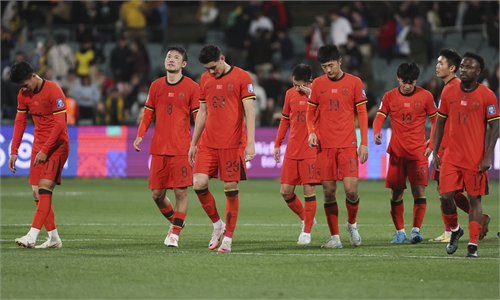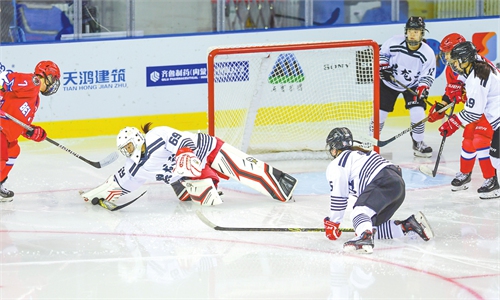ARTS / CULTURE & LEISURE
Symbol of unity and sportsmanship: Giant panda joins China's national team as official 'teammate' image
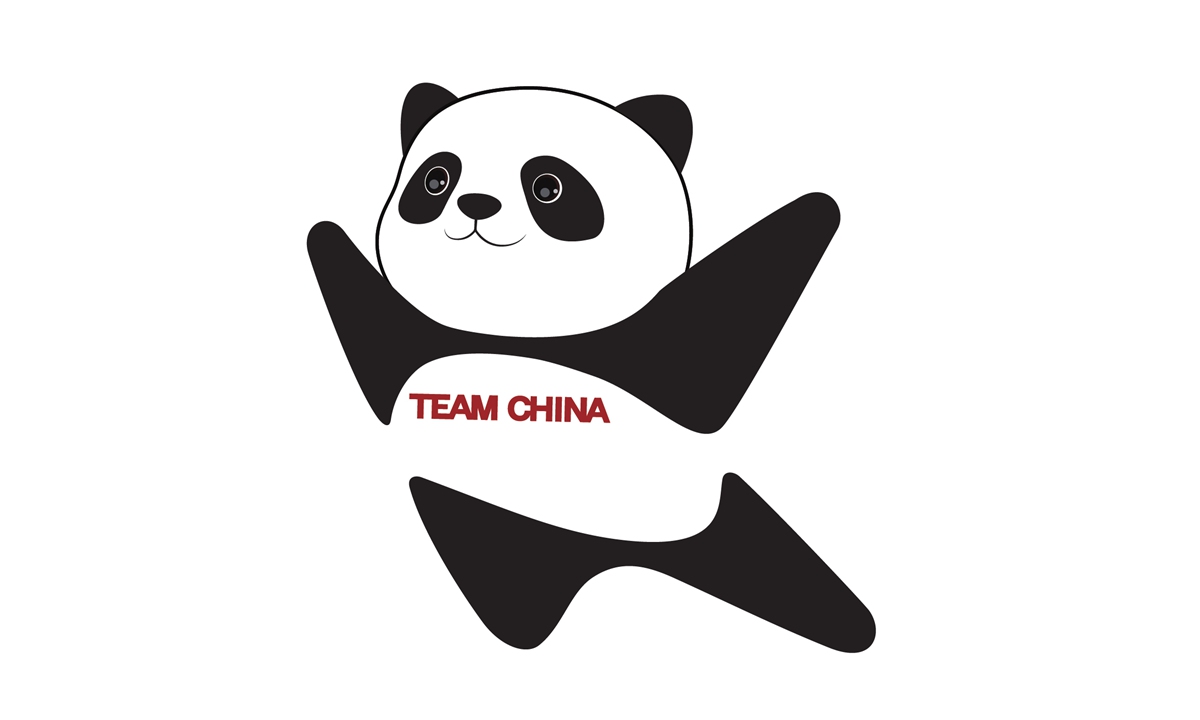
Photo: Courtesy of the General Administration of Sport
Recently, China's national team introduced its first-ever "teammate" image: a lively, round giant panda with outstretched limbs. Unveiled at the 2024 China Sports Culture Expo and China Sports Tourism Expo held in Suzhou, East China's Jiangsu Province, this playful panda has quickly gained popularity as a unique addition to the national team.
"It's adorable, who wouldn't love a 'teammate' like this?" Chinese Olympic champion Wu Dajing said at the expo.
"The giant panda is China's national treasure, known for its endearing and gentle nature, making it a symbol of peace and friendship with widespread recognition and affection worldwide. It is highly beneficial for promoting the national team's first-ever 'teammate' image both domestically and internationally," Lin Cunzhen, an associate professor at the Central Academy of Fine Arts and the lead designer of the panda image, told the Global Times.
Moreover, the panda's symbolism of "peace and friendship" aligns perfectly with China's "open, inclusive, and harmonious" international sports image, Lin explained when discussing the choice of the panda as the central design for the first "teammate" image of China's national team.
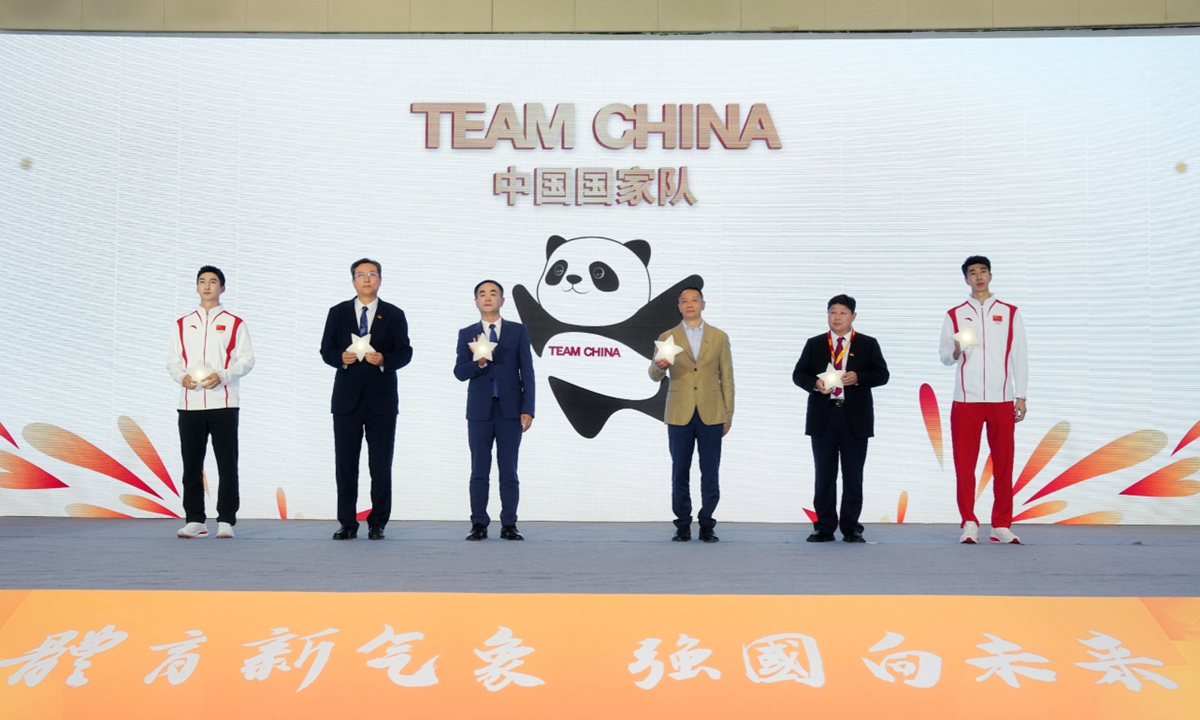
China's national team introduces its first-ever "teammate" image: a lively, round giant panda with outstretched limbs, in Suzhou, East China's Jiangsu Province on October 11, 2024. Photo: Courtesy of the General Administration of Sport
Best match
The panda image has been crafted with great attention to both form and meaning. The design uses a five-point star to outline the panda with open arms embracing the future, to convey a healthy, confident, vibrant, and adorable image.
Commissioned by the General Administration of Sport of China, Lin's team aimed for a character that resonates with the team's characteristics and spirit. "It's not just about being cute," Lin emphasized. "We wanted the panda to represent the core qualities of athletes - strength, confidence, and skill."
Additionally, it needs to reflect athletic traits such as speed, power, and agility.
The use of geometric star shapes effectively captures these qualities while conveying a sense of modernity and symbolism, aligning harmoniously with the visual style of the Chinese national team's branding, Lin said.
"The star shape also symbolizes Chinese athletes shining brightly like countless stars in the sky, reflecting their brilliance on domestic and international sports stages. These countless stars come together to form a galaxy, representing the promising future of Chinese sports," Lin explained. "It also signifies the important mission of the national team members to bring glory to the country and promote the spirit of sportsmanship."
To further embody the diversity and energy of China's national team, six panda figures have been introduced, each representing a different sport: skateboarding, volleyball, weightlifting, rowing, skating, and gymnastics. These activities were chosen to highlight different athletic traits - speed, agility, strength, and technique, said Lin.
In the future, the design team will create a complete set of panda-themed athletic poses based on the latest summer and winter Olympic events.
The panda's debut also comes with the release of over 40 new licensed products, including badges, notebooks, and pencil cases featuring the panda in various sporting poses. These products are aimed at expanding the reach of China's national team's identity beyond the playing field and into the hands of sports fans and the general public.
The collective sporting spirit of mountaineering, women's volleyball, the Beijing Winter Olympics, and more, embodies the beautiful memories of people from different eras, reflecting the nation's development journey.
The spirit demonstrated by China's national team, both on and off the field, has inspired generations, Yu Jianyong, director of the Sports Equipment Center at the General Administration of Sport of China, said at the release event.
Transforming this spirit into visual elements can promote the strength of a new era in China and the spirit of Chinese sports in a way that resonates with the public, Yu noted.
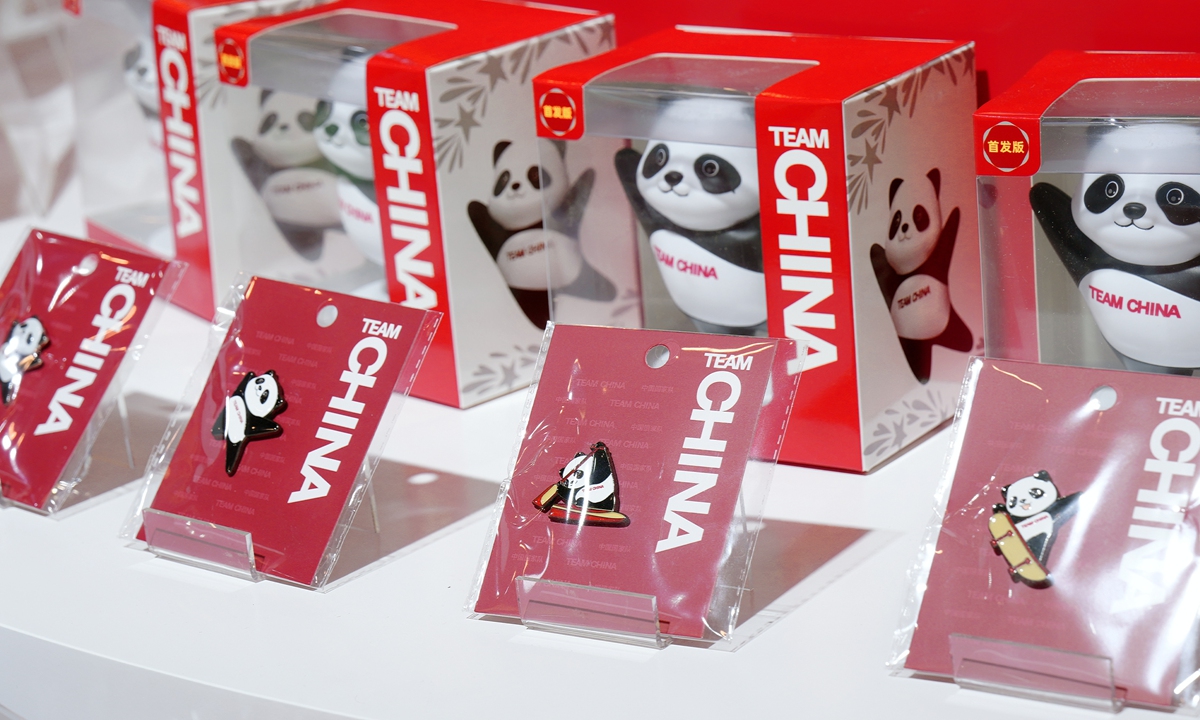
Licensed products of the Chinese national team Photo: Courtesy of the General Administration of Sport
Sports ambassadors
The giant panda, an enduring symbol of peace, friendship, and national identity, is no stranger to the global sports stage. From the iconic "Panpan" of the 1990 Beijing Asian Games and "Jingjing" from the 2008 Beijing Olympic Games, to "Bing Dwen Dwen" at the Beijing 2022 Olympic and Paralympic Winter Games, and the mascot prototype for the 2023 Chengdu Universiade, pandas have long been tied to China's international sporting events.
However, this new incarnation of the panda as a "teammate" marks a departure from the role of a conventional mascot.
"This isn't a mascot," Lin said. "We are introducing the concept of a 'teammate,' a character that joins the national team in its journey, standing alongside athletes as they strive for victory. By adopting the panda as its first 'teammate' image, China's national sports identity will become more relatable and accessible, helping to enhance the international influence of Chinese sports."
Looking ahead, the panda teammate is just the beginning. According to Lin, the concept of "teammates" itself is highly "extensible," with new "teammates" expected to join in the future, enhancing the brand image and depth of the Chinese national team.
"This will deepen the international community's understanding of China's sports identity. Consequently, the promotion of China's sports image and spirit will also have unlimited potential and sustainability, maintaining eager anticipation and engagement," said Lin.
